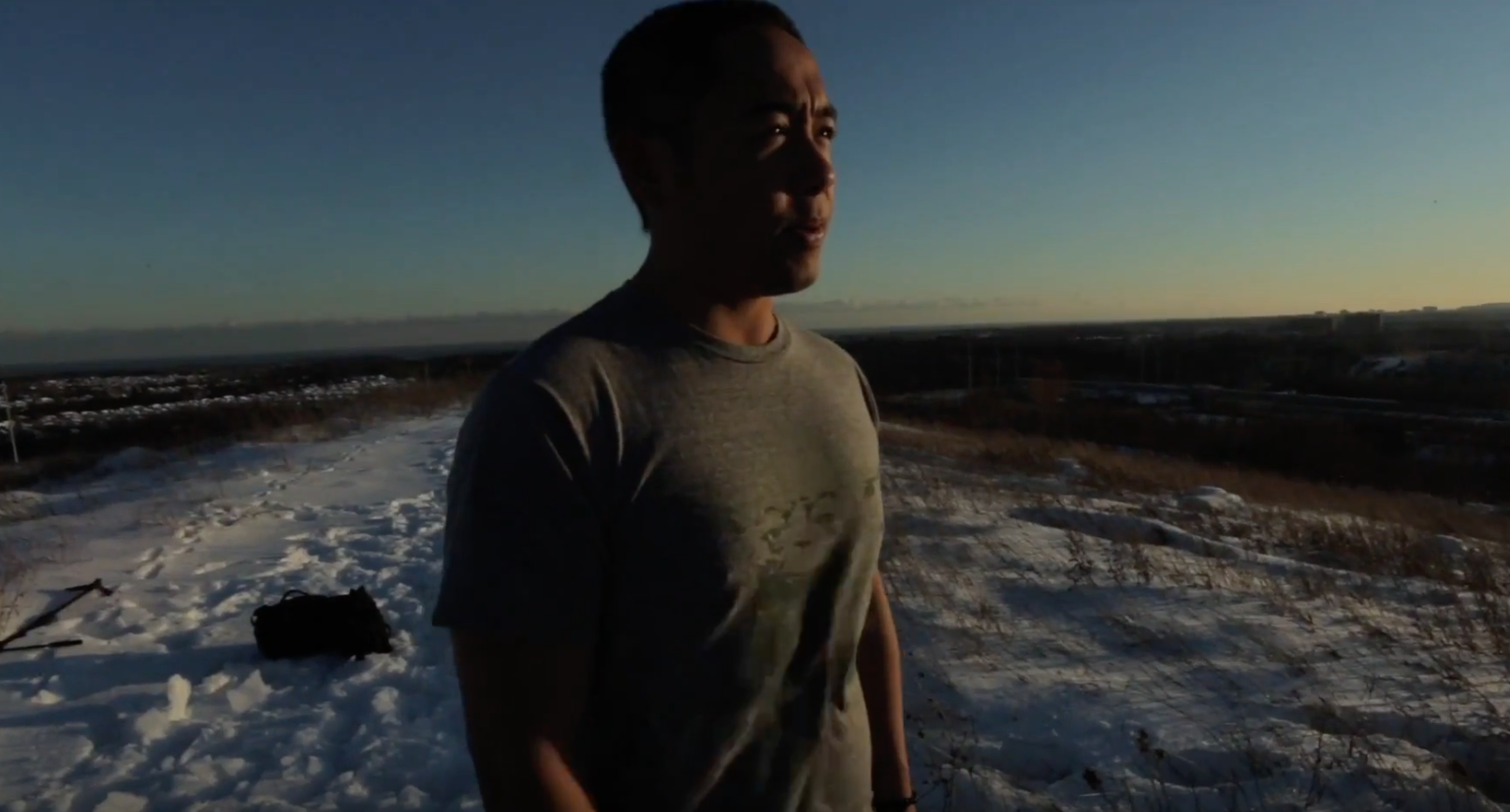My Practice: The Yoga Of Waking Life
A previously registered 500-hour Yoga Teacher under the Yoga Alliance, ‘Jnana’ yogi, and zen practitioner, I’ve combined ideas and methodologies from zen, yoga, martial arts and psychology in order to develop my own personal practice that I call ‘The Yoga of Waking Life’.
Centred around developing a grounded connection to the present moment, my practice aims to help reconnect practitioners to the ‘here-and-now’ by blending both Art and Science and connecting Knowledge with Experience.
Each day, we are pulled away from the present moment due to outside distractions which ultimately agitate the mind. However, by learning how to let go of these agitations (often regarded as ‘Attachments’), we are better able to invest fully in the present moment.
This relaxing of the mind, also known as Meditation, in order to invest fully in the present moment is best achieved by combining Action and Awareness; whereas other practices, such as seated-Meditation, are limited to specific circumstances and manicured surroundings.
I believe that by learning how to quiet the mind by combining Action and Awareness, one is better able to utilize this meditative-ability to navigate through their daily life; allowing them to find peace in each passing moment.
Where there is no-mind, there is no suffering. Where there is no suffering, there is only peace.
Certificates:
• E-RYT 200/RYT 500, under the Yoga Alliance
• Yoga Alliance Continuing Education Provider (YACEP)
Courses:
• Adele Tevlin’s C.E.O. (Compassion, Empathy, Opportunity) Blueprint
• Wim Hof Method online training program
• Monkchat Meditation Retreat, Wat Suan Dok, Thailand
F . A . Q . _________________
WHICH STYLE OF YOGA DO YOU PRACTICE?
Meditation (aka ‘Presence’ or ‘Flow’).
WHAT IS JNANA?
In yoga, there are four primary paths leading to ‘yoga’ (aka Meditation, ‘Presence’ or ‘Flow’). These paths are: Bhakti (devotion), Raja (exercise), Karma (selflessness), and Jnana (study). Of these four paths, Jnana is said to be the hardest, as it uses ‘Thinking-Mind’ in order to effectively snuff-out ‘Thinking-Mind’—a logical paradox.
WHAT IS YOGA?
Yoga is the practice of silencing the mind.
WHAT IS ENLIGHTENMENT?
I broke it down in this presentation HERE*.
WHAT IS THE ROOT OF ALL SUFFERING?
’Attachment’ via ’Thinking-Mind’.
IS PAIN SUFFERING?
Pain is physical, Suffering is mental. In this way, Pain can just be Pain without Suffering.
WHY DO YOU SAY THAT YOGA IS MEDITATION?
Read the Bhagavad Gita*.
HOW IMPORTANT ARE YOGA POSTURES?
They are important insofar as they are able to help you process (or ‘channel-out’) various energies and urges in order to become more present in this moment for prolonged periods of time.
WHY DO YOU PLACE ZEN ABOVE YOGA?
Because zen (or ‘Tantra’) is yoga applied to daily life.
WHAT IS TANTRA?
Read the Yoga Spandakarika: The Sacred Texts At The Origins Of Tantra by Daniel Odier*.
WHERE CAN I REFERENCE WHAT YOU’VE CLAIMED?























